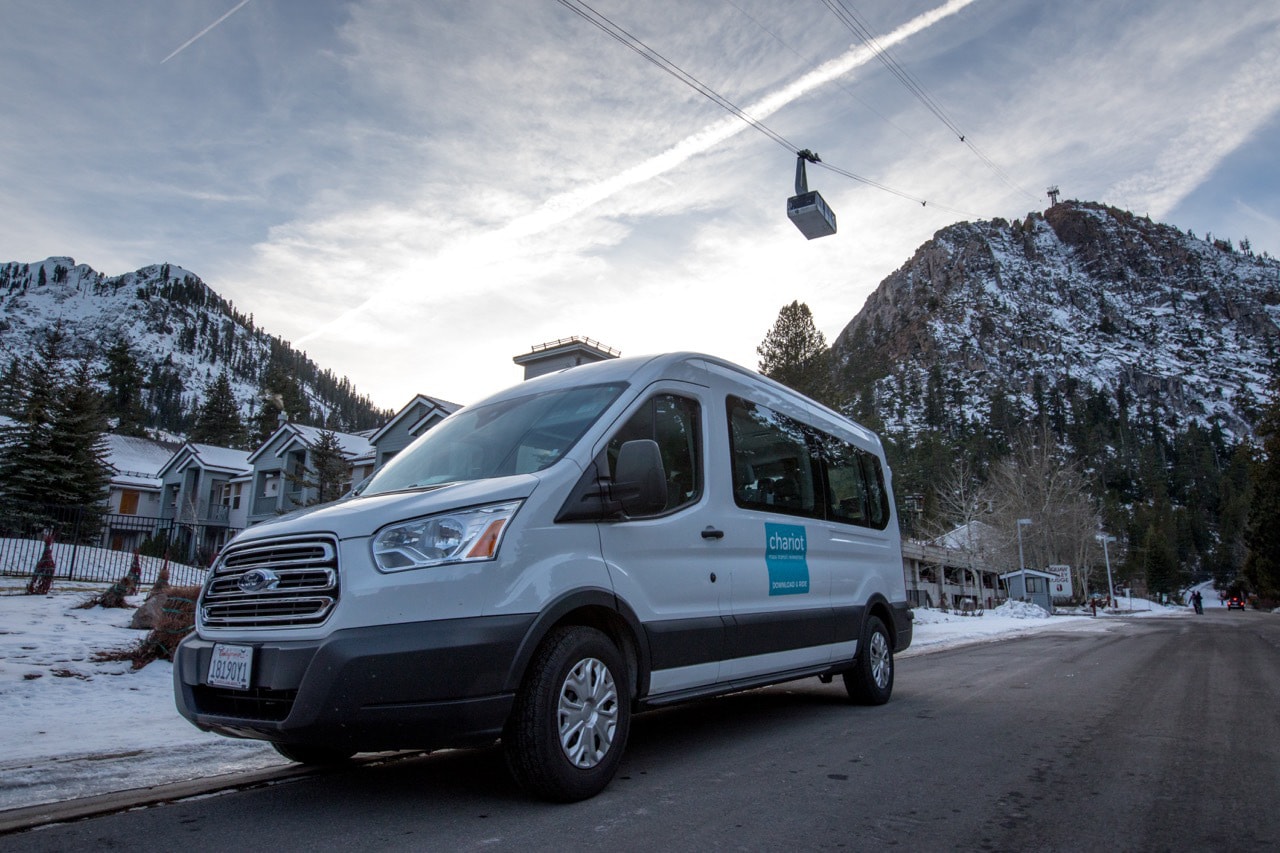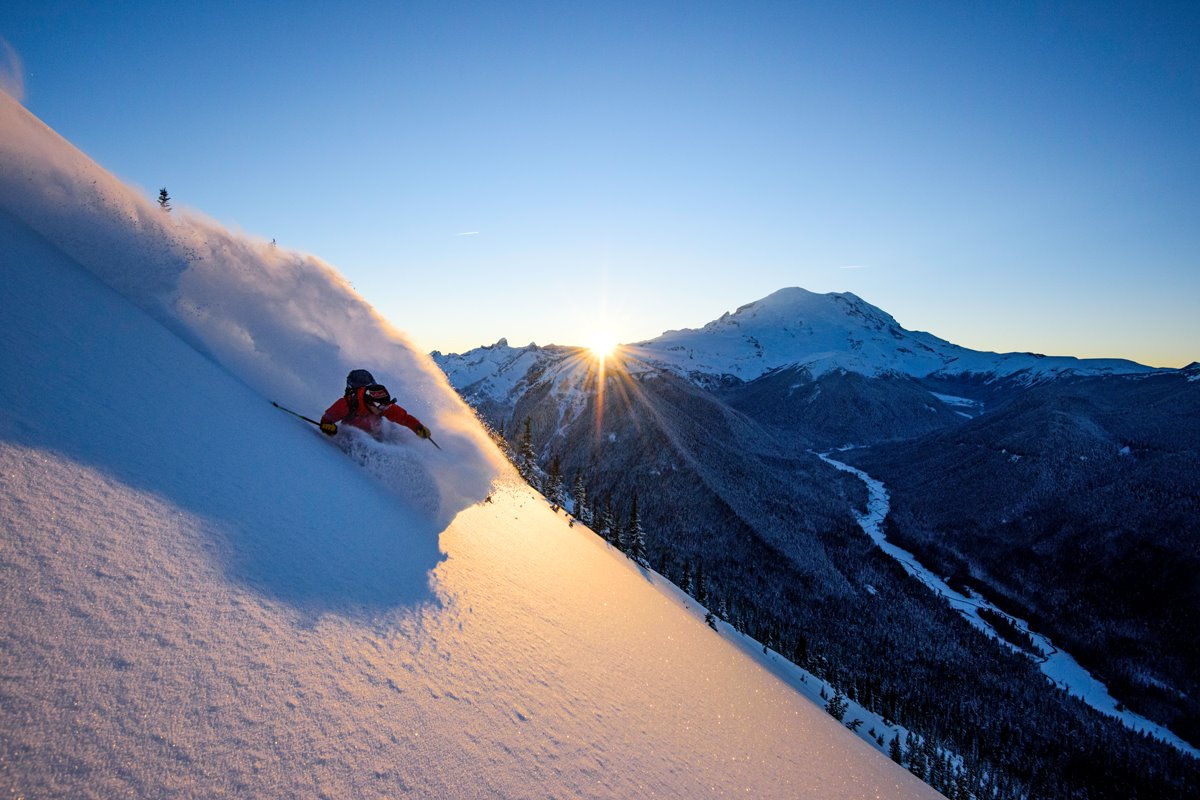Picture 1. Avalanche (Image Credit: Simon Desmarais/Flickr/Creative Commons)
Geophysical mass flows, such as snow avalanches, are a major hazard in mountainous areas and have a significant impact on the infrastructure, economy, and tourism of such regions. Every year avalanches claim lives of people across the world. Obtaining a thorough understanding of the dynamics of snow avalanches is crucial for saving lives and protecting infrastructure.
Picture 2. Regional distribution of the fatal avalanche accidents in Switzerland (20 years). (Image credit: Swiss Federal Institute for Snow and Avalanche Research )
Detailed understanding of impact pressures can only come from accurate models. Models have been developed for many years, and with careful parameter choices, individual events can be replicated. A key component of avalanche models is the dependence of basal friction on avalanche speed and depth. Ability to follow flow features over the whole track, can be a major of importance in validating existing theories and developing improved avalanche models.
MIMO radar is an emerging technology that is attracting the attention of both researchers and practitioners. It is a novel radar method in which MIMO stands for Multiple Input Multiple Output. It is a system of multiple antennas. Each transmit antenna radiates an arbitrary waveform independently of the other transmitting antennas. Each receiving antenna can receive these signals. Due to the different waveforms, the echo signals can be re-assigned to the single transmitter.
The ability of MIMO radar to penetrate snow-powder clouds allowed constructing 3D images that reveal how snow flows deep inside avalanches. Funded by the Engineering and Physical Sciences Research Council (EPSRC), the Advanced MIMO Radar Development for Geophysical Imaging Applications radar system was developed by a radar team from University College London (UCL), Durham University and Sheffield University, working in close collaboration with the Swiss Federal Institute for Snow and Avalanche Research (SLF). The system was successfully installed and tested in the at Vallée de la Sionne, Switzerland last winter.
Picture 3. Overview of Vallée de la Sionne avalanche test site in Switzerland: (a) 2-D and (b) 3-D topographical rendering of the avalanche site with annotations; (c) photo of the avalanche debris in December 2010. (Image credit: Geophysical Research Letters, 2013, vol.40, iss. 4, N.M.Vriend, J.N.McElwaine, B.Sovilla, C.J. Keylock, M.Ash, P.V.Brennan)
The system is using improved the spatial accuracy of radar velocity measurements in avalanches by nearly two orders of magnitude, to 0.75 m down- slope, with a cross-slope resolution of around 10 m at a frame rate of 50 Hz.
According to the project leader, professor Paul Brennan: “It’s not possible to predict precisely when avalanches will happen, but our radar imaging system aids understanding of how they behave when they do occur. By penetrating the powder cloud, it can observe the nature and direction of the flow of the 90 per cent of snow that would otherwise remain invisible.”
Although a range of anti-avalanche protection measures are available, from snow fences, nets, dams and barriers to tree-planting, reinforcement of buildings and the laying out of towns and villages to minimize damage, these measures can all be expensive, including the cost of safeguarding.
In accordance with research, the insights into avalanche behavior produced by the new imaging system could ultimately help SLF refine such measures so that they deliver better, more cost-effective protection.







